For many coffee enthusiasts, nothing compares to that perfect cup of coffee. While several factors contribute to the brewing process, one of the most critical steps is grinding the coffee beans. A coffee grinder machine is an essential tool in any coffee lover’s kitchen, allowing users to unlock the full flavor potential of their favorite beans. This article will explore the different types of coffee grinder machines, their features, the impact of grind size on flavor, and tips for selecting the right grinder for your brewing needs.
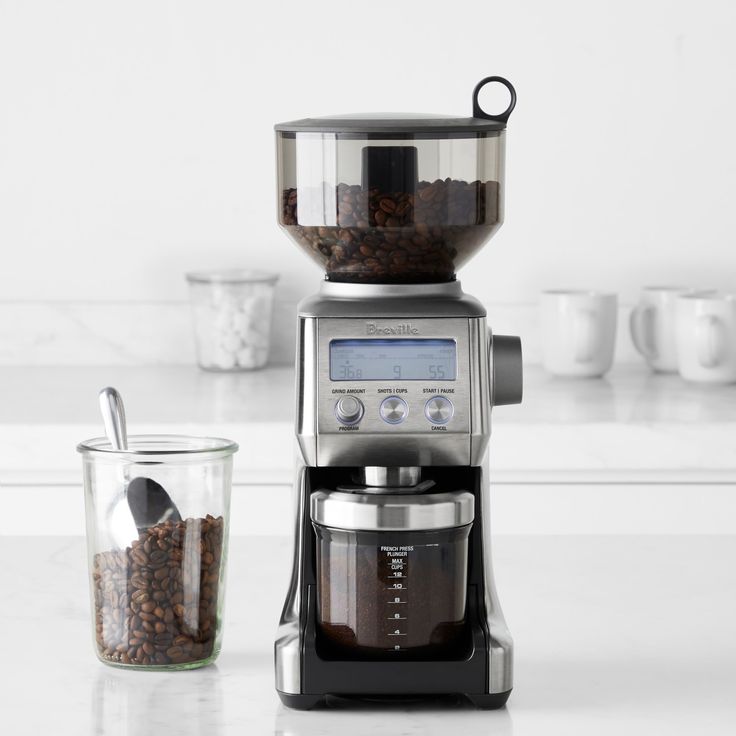
Understanding Coffee Grinder Machines
A coffee grinder machine is designed to break down whole coffee beans into a uniform size, making the brewing process more efficient and enjoyable. The size of the grind directly affects the flavor, aroma, and overall quality of the coffee. As coffee beans are ground, the surface area increases, allowing for more effective extraction during the brewing process. Understanding the different types of coffee grinder machines available is crucial for selecting the right one for your coffee journey.
Types of Coffee Grinder Machines
- Blade Grinders: Blade grinders feature a spinning blade that chops the beans into smaller pieces. These machines are typically more affordable and easy to use, making them popular choices for beginners. However, blade grinders can produce uneven grind sizes, leading to inconsistent extraction and potential bitterness in the final cup.
- Burr Grinders: Burr grinders are a step up in the coffee grinding world. They use two revolving abrasive surfaces (burrs) to crush the beans into a uniform size. Burr grinders come in two main types: flat burr and conical burr. Flat burr grinders have two parallel surfaces, while conical burr grinders have a cone-shaped design. Both types offer superior consistency compared to blade grinders, resulting in a better-tasting cup of coffee.
- Manual Grinders: Manual coffee grinders, often referred to as hand grinders, require the user to turn a crank to grind the beans. These grinders can be burr or blade types and are ideal for coffee lovers who enjoy the process of grinding. Manual grinders are also portable, making them ideal for traveling or camping.
- Electric Grinders: Electric coffee grinders are the most common choice due to their speed and convenience. They can be blade or burr grinders and are designed to quickly grind large quantities of beans. Electric grinders typically offer adjustable settings, allowing users to choose their desired grind size with ease.
Key Features to Consider
When purchasing a coffee grinder machine, several features can impact your experience and the quality of your coffee:
Grind Settings
Different brewing methods require specific grind sizes. For example, espresso requires a fine grind, while French press demands a coarse grind. Look for grinders that offer multiple grind settings to accommodate a variety of brewing styles. The more settings available, the more versatile your grinder will be.
Motor Power
For electric grinders, the motor power plays a significant role in grinding efficiency. A powerful motor can quickly grind beans to the desired size without overheating. This helps preserve the coffee’s natural oils, which contribute to flavor and aroma.
Noise Level
Some grinders can be quite noisy, which might be a concern for early risers or shared living spaces. If noise is a factor, consider investing in a quieter model or one with sound-dampening features.
Ease of Cleaning
Coffee oils and residues can build up in your grinder, affecting the freshness and flavor of your coffee. Choose a grinder that is easy to disassemble and clean to ensure maximum efficiency and longevity.
Size and Design
The size of the coffee grinder machine is essential, especially if you have limited counter space. Additionally, consider the aesthetic appeal of the machine to ensure it complements your kitchen decor.
Price Range
Coffee grinders can range from budget-friendly options to high-end models. While it’s tempting to go for the cheapest option, remember that investing in a quality grinder can significantly enhance your coffee experience. Assess your budget and prioritize the features that matter most to you.
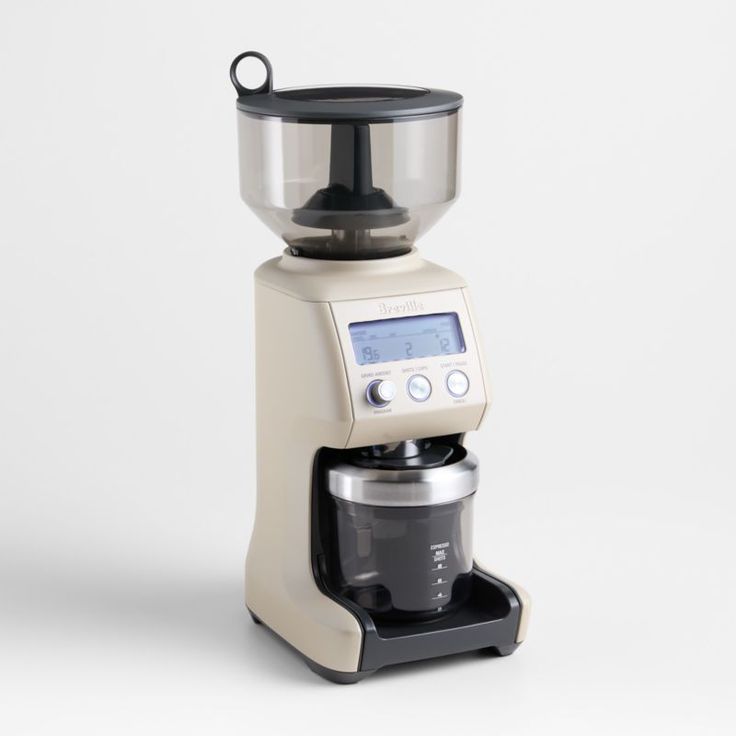
The Importance of Grind Size
The grind size of coffee is a critical element that affects flavor extraction during brewing. Different brewing methods require different grind sizes, and using the wrong size can lead to undesirable results. Here’s how grind size impacts your coffee:
Coarse Grind
Coarse grind is ideal for brewing methods like French press and cold brew. The larger particles allow for slower extraction, resulting in a smooth and mellow flavor. If the grind is too fine for these methods, over-extraction can occur, leading to bitterness.
Medium Grind
Medium grind is often used for drip coffee makers and pour-over brewing. This grind size allows for a balanced extraction, producing a well-rounded flavor. A grind that is too coarse may lead to under-extraction, while a grind that is too fine can result in bitterness.
Fine Grind
Fine grind is essential for espresso brewing, where water is forced through the coffee under high pressure. A uniform fine grind ensures optimal extraction, resulting in a rich and flavorful shot of espresso. If the grind is too coarse, the extraction will be insufficient, leading to a weak and watery result.
Understanding Extraction
Extraction is the process of dissolving the soluble flavors from coffee grounds. The goal is to extract the right balance of flavors, oils, and acids to achieve a delicious cup. Factors like water temperature, brew time, and grind size all influence the extraction process. By mastering grind size, you can unlock the full flavor potential of your coffee.
Choosing the Right Coffee Grinder Machine
When it comes to selecting a coffee grinder machine, it’s important to consider individual preferences and needs. Here are some tips to help you make the right decision:
Assess Your Brewing Habits
Consider the brewing methods you use most frequently. If you primarily brew espresso, a high-quality burr grinder that allows for fine grind settings will be essential. If you enjoy various methods, opt for a versatile grinder with multiple grind settings.
Prioritize Freshness
Freshly ground coffee beans make a significant difference in flavor. Look for a grinder that allows you to grind only what you need for each brew, preserving the freshness of the remaining beans. Some grinders even have a timer function to help you achieve the perfect amount every time.
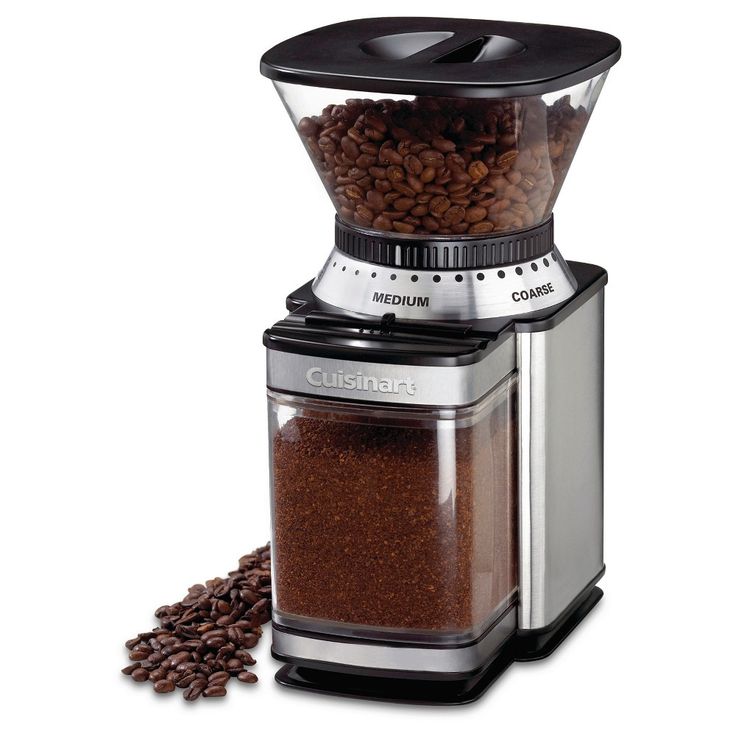
Research Brands and Models
Prioritize reputable brands known for quality coffee grinders. Look for customer reviews, expert recommendations, and comparisons between different models. This research can help ensure you invest in a grinder that meets your expectations.
Test Before You Buy
If possible, test the grinder before purchasing. Many specialty coffee shops have grinders on display, allowing you to see and feel how they operate. This hands-on experience can provide insight into the grinder’s efficiency and ease of use.
Consider Maintenance
Coffee grinders require some maintenance to keep them running effectively. Choose a grinder that is easy to clean and maintain. Some models have removable parts for easy cleaning, while others may require brushes or special cleaning solutions.
The Impact of Grind Fineness on Flavor
Understanding how grind fineness impacts flavor is crucial for any coffee enthusiast. Here’s a look at how different grind sizes affect taste:
Brightness and Acidity
Finer grinds tend to accentuate the brightness and acidity of coffee. This characteristic is typically appreciated in lighter roasts, where delicate flavors emerge. However, using a grind that is too fine for a specific brewing method can lead to a sour or overly acidic cup.
Body and Richness
Coarser grinds contribute to a fuller body and richness in flavor. This is especially noticeable in methods like French press, where the larger particles allow for a more robust cup. A grind that is too fine in this context may result in a heavy and bitter coffee.
Consistency
Inconsistent grind sizes can lead to uneven extraction. If some particles are too coarse while others are too fine, the flavors will not balance properly. Investing in a high-quality grinder ensures uniformity, leading to a more consistent and flavorful cup.
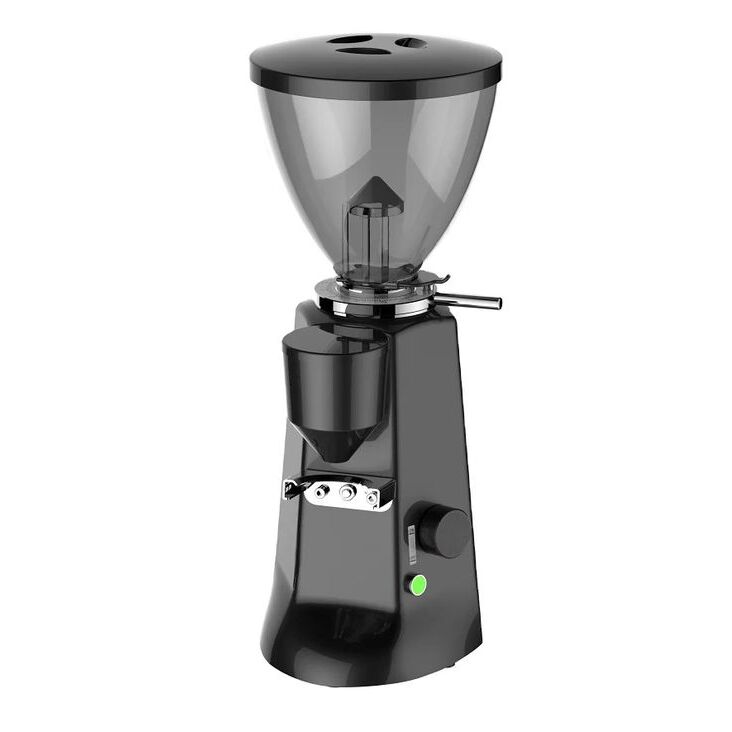
Grinding Techniques: Tips from Professionals
Even with the best coffee grinder machine, technique plays a crucial role in achieving the perfect grind. Here are some tips from coffee professionals:
Don’t Overfill the Hopper
Overfilling the hopper can lead to uneven grinding. Instead, fill it with just enough beans to prevent jams and ensure consistent results. Many grinders come with a marked indicator for proper filling levels.
Experiment with Grind Sizes
Don’t be afraid to try different grind sizes based on personal preference and the brewing method. Keep track of which grind sizes yield the best results so you can replicate them in the future.
Use Quality Beans
Even the best grinder can only do so much if the beans are of low quality. Invest in freshly roasted specialty coffee beans, as their flavor and freshness will significantly impact the final cup.
Allow the Grinder to Rest
If you’re grinding a large quantity of coffee, allow the grinder to rest between batches. Continuous grinding can cause overheating, which can affect the flavor of the coffee.
Clean Regularly
Make it a habit to clean your grinder regularly. Coffee oils and residues can affect the flavor of freshly ground coffee. Follow the manufacturer’s recommendations for cleaning your specific grinder.
The Role of Coffee Grinder Machines in Sustainable Practices
As consumers become more environmentally conscious, coffee grinder machines also play a role in promoting sustainability. Here are ways they contribute:
Supporting Local Roasters
Investing in a good coffee grinder often encourages consumers to purchase from local roasters. These small businesses prioritize quality and ethical sourcing, allowing customers to enjoy fresh, sustainable coffee.
Reducing Waste
By grinding only the amount of coffee needed for each brew, consumers can reduce waste. This also encourages the use of whole beans rather than pre-ground coffee, which often has a shorter shelf life and may be less flavorful.
Emphasizing Freshness
Freshly ground coffee typically leads to a better-tasting cup, encouraging coffee lovers to apply the same principles of quality and freshness to other aspects of their lives. This can foster a more sustainable mindset overall.
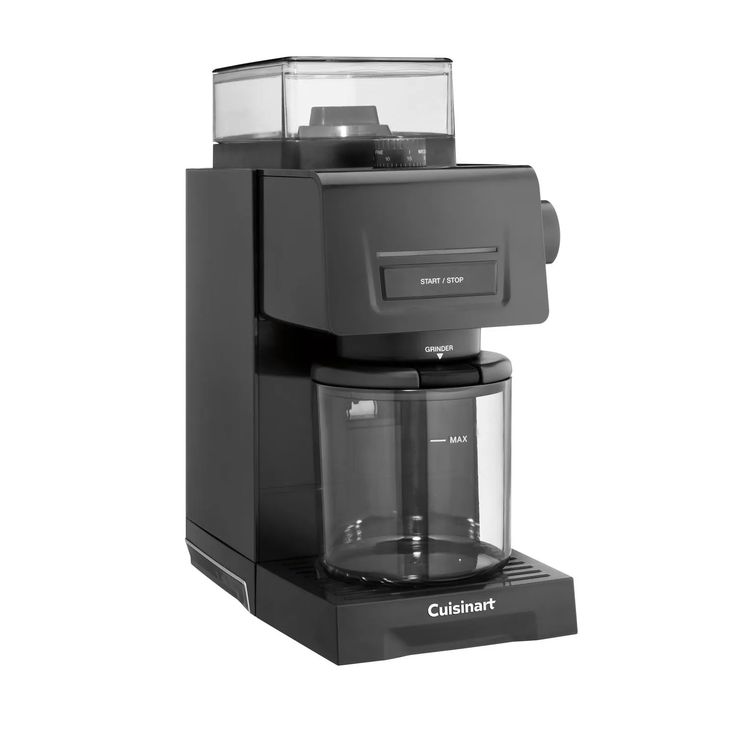
Conclusion
In conclusion, the coffee grinder machine is an indispensable tool for any coffee lover committed to achieving the best flavor possible. By understanding the different types of grinders, key features, and the impact of grind size on flavor, you can make an informed decision that aligns with your brewing needs. The right grinder will not only enhance your coffee experience but also connect you further with the world of specialty coffee, allowing you to explore and enjoy the depth of flavor that comes from freshly ground beans. Ultimately, investing in a quality coffee grinder machine is a step toward brewing the perfect cup and enjoying the ongoing journey of coffee exploration.
